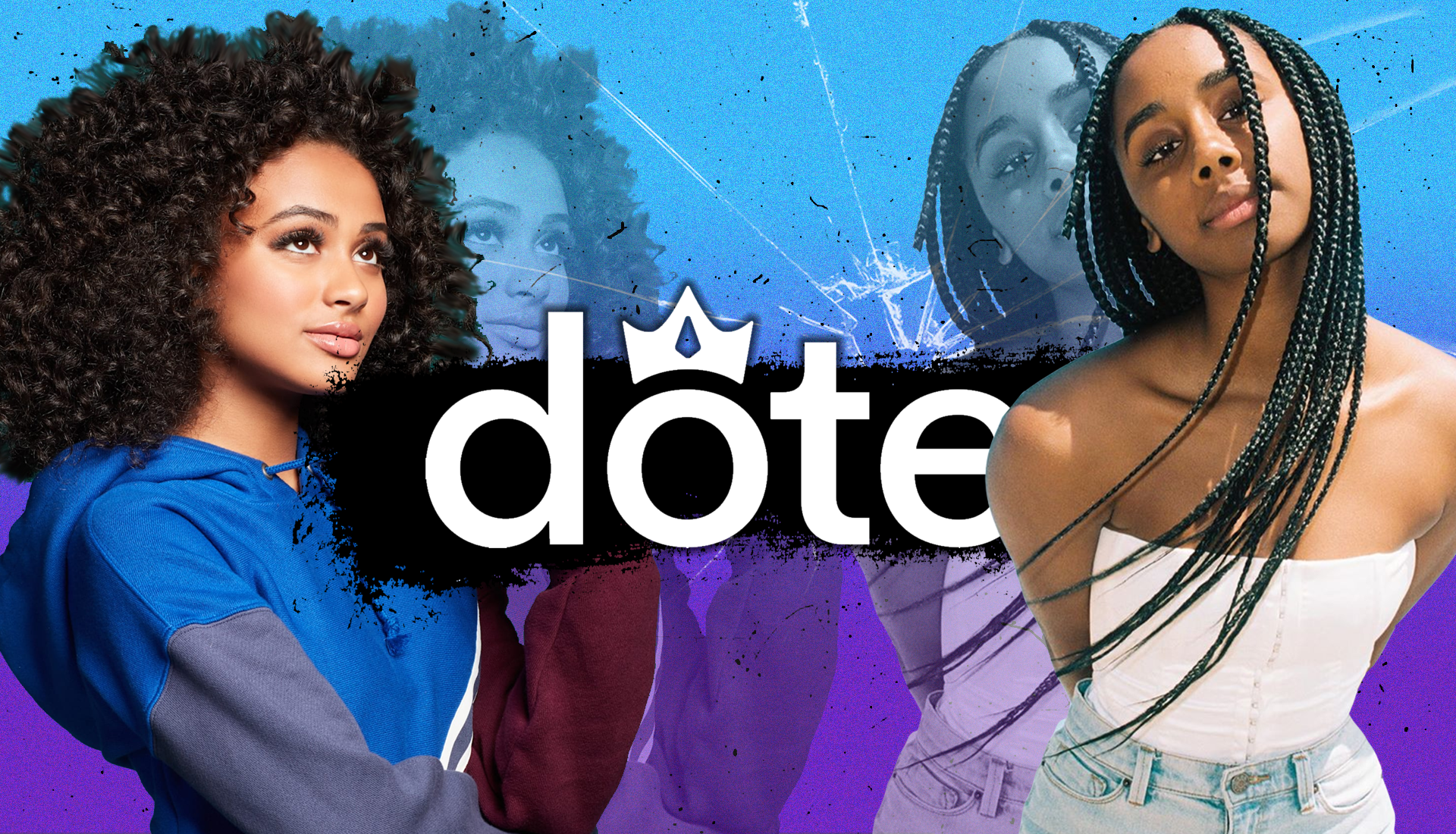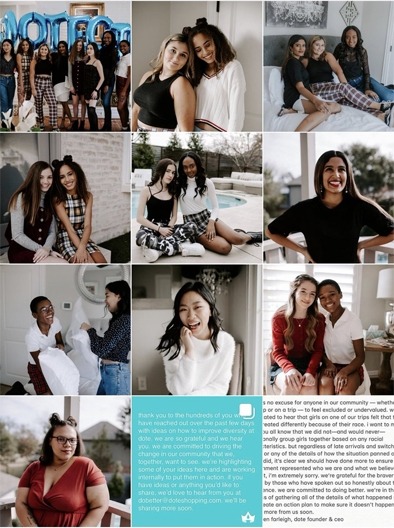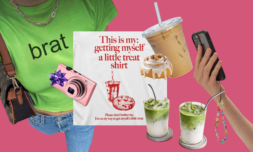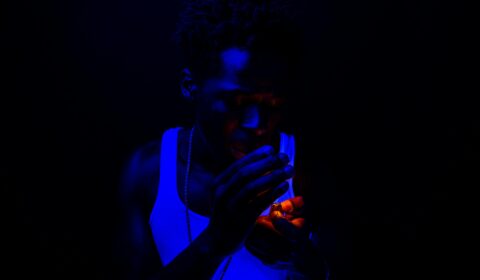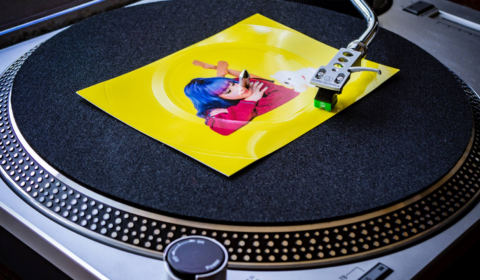Is the recent Dote scandal a PR misstep, or an indication of something more insidious?
It’s not been a great week for YouTube. At least, it’s not been a great week for some of YouTube’s top content creators and sponsors. For whistle-blowers, equal representation, and safe spaces it’s been a pretty good (if confronting) week.
With vloggers James Charles and ProJared recently called out for utilising YouTube as a vehicle for sexual harassment and shady behaviour, the hammer has now come down hard on fashion and shopping app ‘Dote’.
What went down?
Dote’s marketing strategy is central to the YouTube vlogging community – they often invite good-looking beauty and lifestyle bloggers on all expenses paid trips, using them to promote the brand. To be invited on one of these trips is to be elevated to the lofty status of ‘Dote girl’, which is usually a guarantee of connections with influencer royalty and an indicator of brand deals to come.

Recently, YouTubers Kianna Naomi, Nina Elise, and Daniella Perkins, all women of colour, came out with videos detailing their own experiences on these trips in which they were often segregated from white attendees, paid less attention by photographers, featured less on the Dote feed after the event, and felt discriminated against.
Of particular controversy was the recent ‘Dotechella’ trip, in which Dote put influencers up in luxury accommodation and paid for them to attend Coachella. In videos that circulated after the event, and even during, viewers were asking why white guests had been given seemingly a separate wing in the house, with larger beds, whilst the girls of colour had been placed in an open plan living room on sofa beds.
Perkins’ video was the first to release an exposé of the trip. It was posted on 19th April, and includes clips she took on her phone during Dotechella of her in floods of tears, stating that she was being excluded by the other girls and had been made to feel uncomfortable throughout the trip.
Perkins’ video received an outpouring of support, encouraging many other attendees of colour from the event, and of other Dote trips, to present their own experiences of discrimination and, sometimes, active racism under the supervision of the company.
Kianna Naomi remembers a Dote trip to Fiji where her and other darker models were completely ignored by photographers, and another vlogger details an experience whereby a Dote photographer directed one of his employees to make sure he ‘got video of the black girls’ after having no trouble memorising the name of the white girls in attendance.









